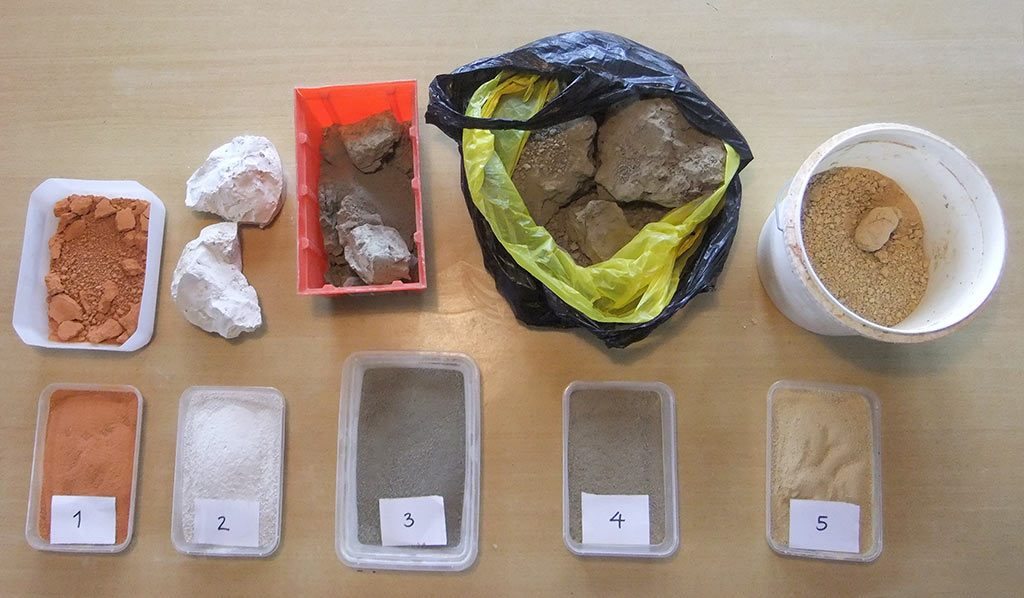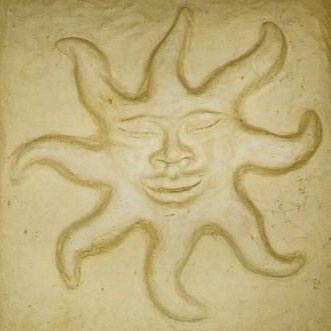Earth Building Techniques
One Material – Many Techniques
Earth is an extremely versatile material. Many different earth building techniques have evolved in response to local conditions (soil, weather, earthquakes,...).
Currently the forms of earthbuilding used in New Zealand are:
- Adobe bricks
- Rammed Earth (usually stabilized with cement)
- Poured Earth (stabilized with cement)
- Pressed Earth bricks (stabilized with cement)
- In-situ Adobe (stabilized with cement)
- Wattle-and-daub
- Cob
- Light-Earth
Different techniques provide different possibilities in terms of the building process itself, but also in the appearance of the finished wall.
Suitable Soil
Earth - or loam - for building purposes is the sub-soil which is found directly under the top layer of humus. It is a mixture of gravel, sand, silt and clay in a wide range of compositions. Hardly any two types of loam are identical!
The sand, silt and clay percentage as well as the clay type determine how suitable a particular loam is for building purposes. The crucial feature of the soil used is its clay content. Clays are the smallest particles in the loam mix. They provide the cohesion and the waterproofing of the building material. Latter must contain at least 5% clay to achieve bonding strength. On the other hand clay swells and shrinks with changes of moisture level. More than 50% clay makes the earth material unmanageable in the building process, as severe cracks occur when it dries out.
Clay is both - the magic and the problematic ingredient for earth building!
Before a local soil is used, it is important to test its suitability for the earthbuilding technique of choice. Different pre-construction tests, as outlined in the Earth Building Standards, determine strength, durability and shrinkage.
Unsuitable soils can be modified by adding different kinds of sand, fine gravel, straw or more clay.

